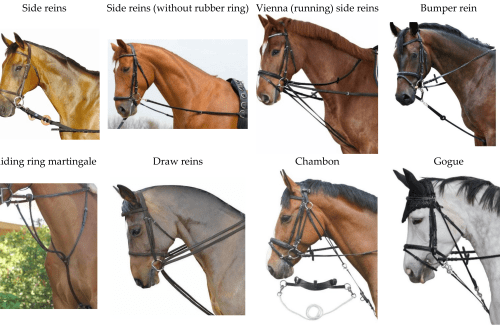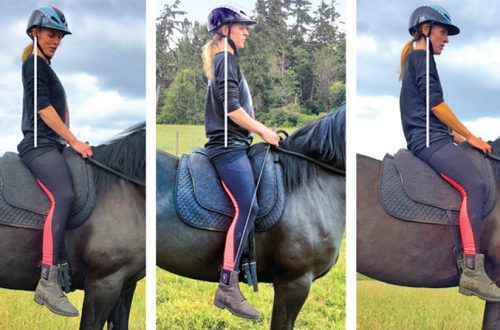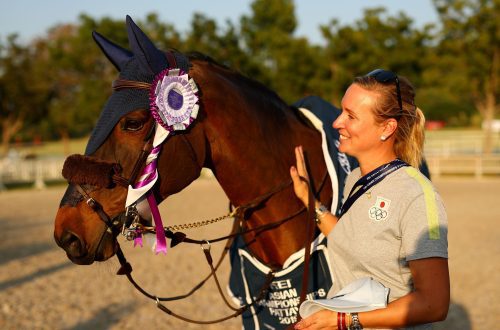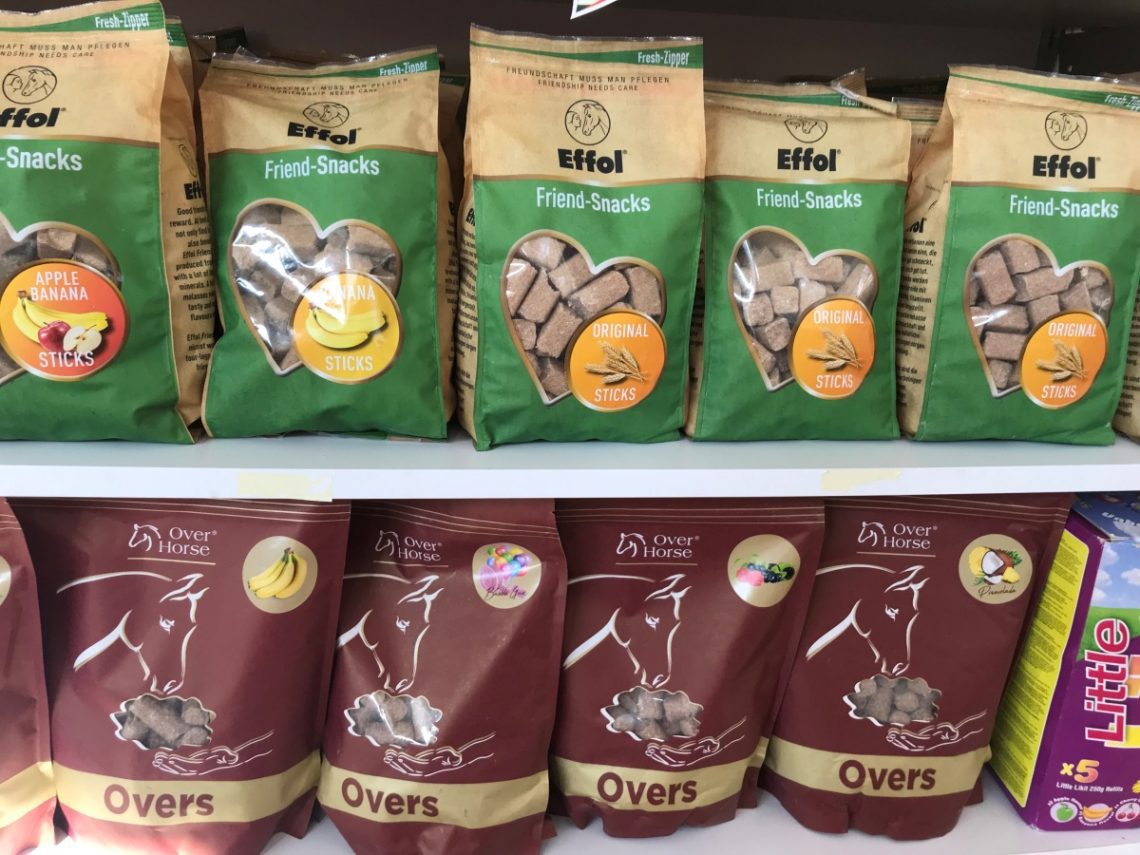
Horse treats: useful tips!
Horse treats: useful tips!
When going to the stable, do not forget to think not only about your own equipment, but also about the treat for the horse. After all, your four-legged partner will not understand if you do not offer him his legally earned “sweets” (as horsemen call treats for their pets).
The horse will work throughout the lesson, patiently endure inconvenience and even pain in case of your mistakes (and, unfortunately, they cannot be avoided at the first stages of training). Of course, she will have the right to expect delicious gratitude. But this delicacy will be a pleasure not only for the horse, because the sensations when warm, rough lips joyfully take edible gifts from your palm are incomparable even with the emotions that you feel while sitting in the saddle. But when choosing treats, one must be guided by the principle of “do no harm”!
Although people talk about “horse health”, meaning heroic health, in reality the horse’s body is very vulnerable. Horses do not have a gag instinct, so they will have to digest everything they have eaten. And the digestive system of horses is also very vulnerable!
Most horses are picky eaters, but there are those that will swallow everything you offer them.
therefore never give horses:
- meat products (horses are vegetarians);
- fresh bread (as well as soft rolls, sausage rolls, pies and other similar products – they can cause colic);
- chocolate;
- chips;
- alcohol (yes, some horses may not refuse a glass of beer, but this does not mean that it is good for them!).
Horses, in principle, should not be offered food prepared for people. Remember it yourself, and tell your friends. Unsuitable food, even in small quantities, can harm animals. That is why in zoos at every step you can see signs with calls not to feed animals and buy bags with harmless feed mixtures.
So, what do horses like?
Firstly, all products must be of high qualityto avoid even the slightest risk of poisoning and colic!
1. Carrot.
Take carrots with you – and you will not lose. Carrots are not only useful, but also loved by all horses without exception. I have not met a single horse that would refuse this treat.
But before offering a carrot to a horse, this treat needs to be prepared! First of all, wash thoroughly! Large carrots are cut and each part is cut lengthwise so that the horse does not accidentally choke on the “round”. Some horsemen peel carrots, but sometimes they kindly tease them: “You will rub them on a grater!”
Of course, there are also very neat animals that bite off pieces of carrots on their own and are not in a hurry. But it’s better not to risk it!
Unfortunately, in winter and spring, carrots in stores become noticeably more expensive. Yes, and carrying an extra 2-3 kg of “yummy” with you on public transport can be hard.
Horsemen have long found a solution to this problem – together they order the wholesale delivery of carrots to the stable (in bags).
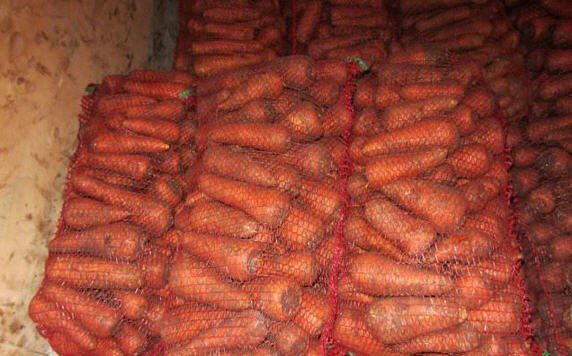
With such an order, the price of carrots per kilogram is significantly (!) Reduced. Therefore, if you decide to rent a horse or purchase a subscription for several classes at once, then ask your trainer (instructor) if you can also participate in the purchase of carrots. You can always wash and cut it right at the stable. I think your coach will also like such care for horses.
2. Apples.
Apples, like carrots, are included in the diet of most horses. But not everyone loves them. Some, choosing between apples and other delicacies, will surely ignore apples. So when choosing a treat for a particular horse, ask your trainer if the horse likes apples.
Before offering fruit to a horse, it is recommended to cut it into four parts and remove the seeds.
Apples also have their own “seasonal” secret: in the harvest years at the end of summer and autumn, horses regularly receive apples as an addition to the main diet and are temporarily not considered as a treat.
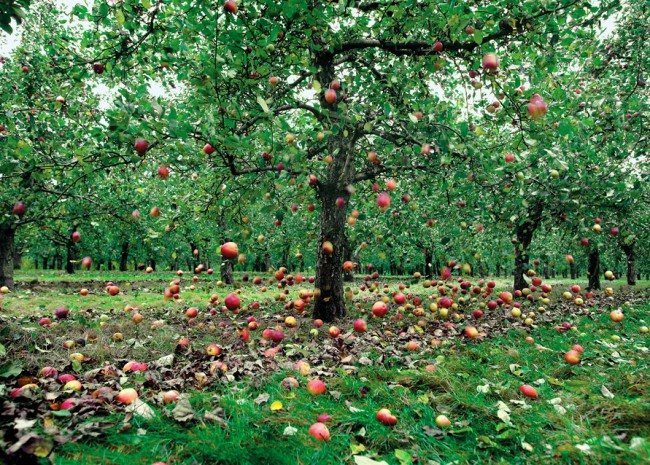
If you have a summer cottage with fruit trees, you are probably familiar with this picture. There are so many apples that most of them simply disappear … Equestrians and many gardeners, whose plots are located next to the stables, gladly share their excess fruit with the horses. You can do the same!
3. Watermelon peels and watermelons.
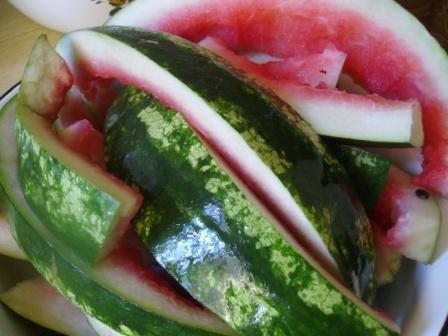
No, this is not a mistake! It is watermelon rinds with the remnants of the pulp (or without) – a favorite horse delicacy in late summer and early autumn! If you ate a watermelon the day before training, save the rinds and your horse will be very grateful. In the heat, a watermelon can be brought to the stable, eaten while talking, instead of the traditional tea party, and fresh peels can be distributed as intended. At the same time, it is desirable to cut them a little smaller than shown in the picture.
Horses will also enjoy the pulp of a watermelon, but then you have to remove the bones from it!
4. Crackers and drying.
This treat is sure to please any horse. Moreover, if drying can be offered to her store-bought (both salty and sweet), then crackers will have to be prepared independently.
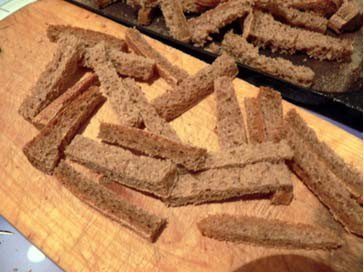
Cut the rye bread, salt it and dry it in the oven.
You can also dry the crackers by simply leaving the prepared sliced bread in the air.
Remember that the bread that you plan to turn into crackers should not have the slightest trace of mold!
Mold, which looks like a white coating, should not be on the crackers themselves (the crackers acquire a musty smell). Spoiled crackers should not be given to horses categorically!
5. Sugar.
Horses love sugar, but before offering them this treat, ask their owner. The fact is that not everyone considers sugar to be healthy (and for some horses, sweets are really contraindicated for health reasons).
If the “good” for sweet pieces is received, their number should still be limited: no more than 10 pieces per one “who wants to eat”!
Sugar has one unpleasant property: it crumbles and sometimes even soaks in pockets. Therefore, if you want to keep your “sweet stock” at hand, then put it in a bag. Or use a special belt bag:
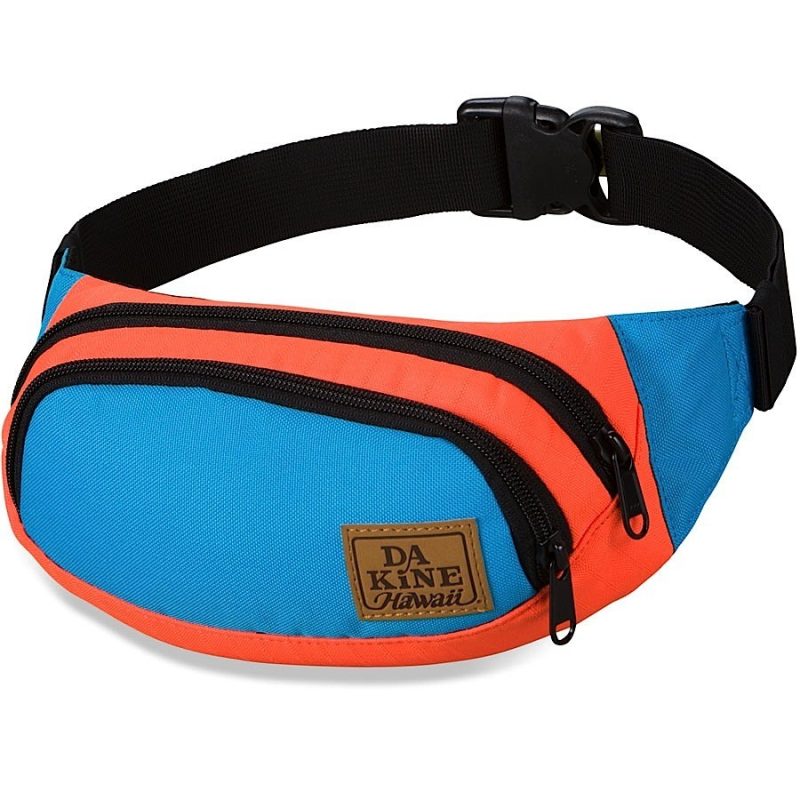
6. Bananas.
Some horses love not only bananas, but also their skins. However, this delicacy should not be abused. One or two will be more than enough. Be sure to ask the horse owner’s opinion before bringing this fruit.
7. Dried fruits.
They are not only tasty, but also useful. You can’t give a lot of dried fruits to horses, in addition, you need to make sure that there are no seeds in them.
This set looks just perfect:

Many horses especially enjoy sweet dates, which are rich in potassium and glucose.
8. Ready-made treats
The horse industry seems to take care of everything these days. Therefore, in specialized equestrian stores you can even purchase specially designed “snacks”. They can be produced in the form of granules, cookies, sticks, etc., have different tastes and contain different sets of vitamins and minerals.
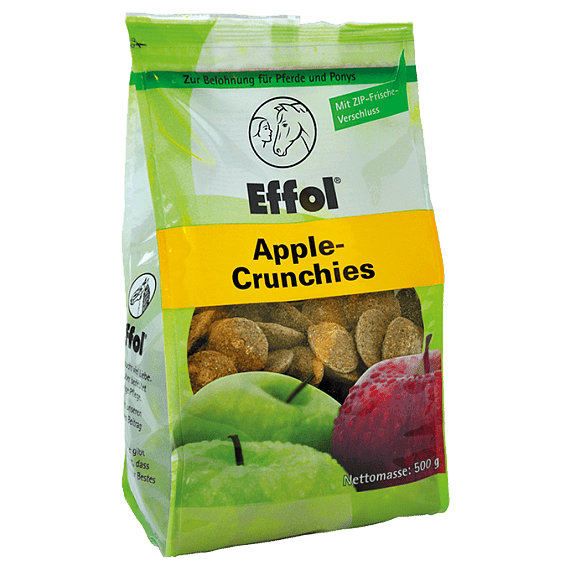
To purchase such delicacies, it is not necessary to get out to the equestrian store. You can easily order home delivery, for example, on this website: https://prokoni-shop.ru
9. Festive menu.
Sometimes holidays are arranged for horses. It could be a horse’s birthday, maybe a special “horse” holiday – the day of Frol and Lavr, or maybe you just want to please your pet in honor of the New Year.
The most useful, tasty and easy-to-make treat will be such a vitamin salad:
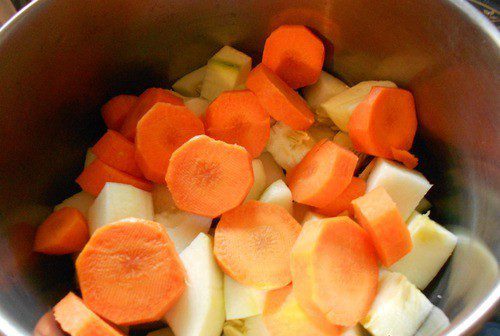
The composition is simple: apples and carrots. You can also cut watermelon peels into it. You can even sweeten it up a bit.
But sometimes, it happens that you want to come up with something completely special, for example, bake special cookies for a horse.
You can find several recipes here in this article: “Vitamin Pizza for a Horse”
Concluding the article, I want to tell you about how to offer a treat to a horse!
1. Ask the trainer if it’s ok to offer a horse a pre-workout treat or praise him with a “delicacy” from the saddle.
The fact is that during training, horses consider treats as the so-called food reinforcement. Decide that you praise them for doing something right. Different equestrians have a different approach to whether, in principle, food reinforcement should be used when exercising with a horse (this is a topic for a separate article). Therefore, the last word about your actions should always remain with the coach – he knows better!
2. Hold out the treat in an open palm so that the horse does not accidentally grab your fingers. Stand close to the animal so it doesn’t have to reach out or make sudden movements (when seeing a treat, the horse will want to get it as soon as possible, and may inadvertently push or bite you).
3. Horses, standing in the stall, you can feed only under the supervision of an instructor who is well acquainted with the habits of each horse. Among them may be not too well-behaved and neat animals.
In addition, horses of private owners are also kept in the stables. As a rule, the owners do not like it when someone approaches their wards, and even more so with a treat. So either ask if you can feed this or that horse, or don’t show unnecessary initiative.
4. Do not offer treats to horses that walk in the levada. Even a small herd of three heads has its own hierarchy: the leader comes to the food first, and you may not guess him. Then the “lucky one” who received a gift not according to status can get it great. If the horse walks alone, ask if you can feed it.
Equestrians have their own code of unwritten rules that the beginner does not know about. And in order not to overshadow the arrival to the horses with awkward moments, coordinate all your actions with the instructor.
Have a nice acquaintance with the equestrian world!
Elena Tikhonenkova



